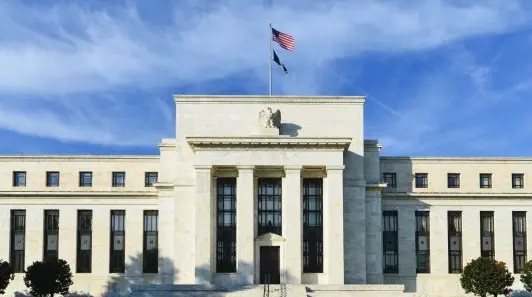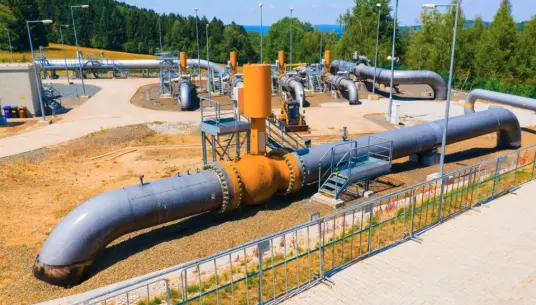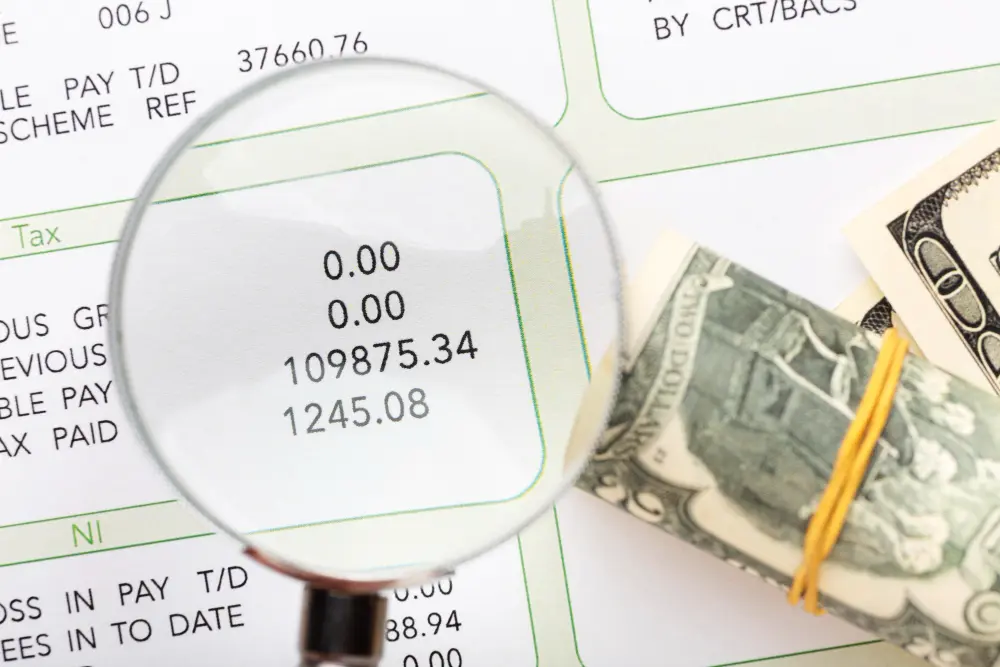From structural stagnation to structural contraction
After a period of stabilisation, chemicals' production in the Netherlands has fallen more than 20% below its peak level in the first four months of this year. Since the credit crisis, the production level has not shown any structural growth; instead, the decline is becoming more entrenched. Global overcapacity and a weakened competitive position due to higher energy costs continue to constrain growth potential, particularly in basic chemicals.
Additionally, Trump's higher import tariffs are exerting pressure on the European economy and reducing chemical demand. However, there is a silver lining. As European demand and industrial production gradually recover, driven by increased defence spending, German government investment, and improved consumer purchasing power, the chemical industry is expected to benefit. Despite this, a return to previous production peaks remains unlikely.

US import tariffs weigh directly and indirectly on demand and margins
In 2023, 4% of chemical products (excluding pharmaceuticals) from the Netherlands were exported to the US, and this figure increased to 5% in 2024. Consequently, a small but previously growing segment of production is now directly impacted by higher import duties. The majority of Dutch chemical products are sold within the European market, with about 80% crossing the border and 82% of those remaining within Europe. However, this provides little relief this year.
Nearly half of the impact of US tariffs is indirect, affecting the exports of sectors and countries that use chemicals as inputs in their production processes. Additionally, excess Chinese chemical production, redirected to the European market due to high US tariffs, is further pressuring sales prices and margins. While the preliminary trade deal between China and the US and potential EU import restrictions may offer some mitigation, the global market remains more challenging than before.
Short-term expectations remain poor as profitability deteriorates
Chemical producers are currently facing significant challenges. They are not very pleased with the order intake, the order book and the expected production levels. The profitability of the sector has deteriorated, and there is little room for improvement in the near term. High energy prices, rising wages, weak demand, and overcapacity are all contributing to continued price pressure.

Competitive position remains under pressure due to high energy prices
Chemical companies are grappling with persistently high energy prices, which impact both fuel and chemical raw materials. Currently, the gas price in Europe is approximately 3.5 times higher than in the US, compared to an average factor of two in 2021. The ongoing unrest in the Middle East further heightens the risk of temporarily rising energy prices in the latter half of this year.
Additional LNG capacity from Qatar and the US is not expected until 2026, and even then, gas prices are likely to remain elevated compared to pre-2022 levels. LNG is inherently more expensive than pipeline gas due to higher production and transport costs. Elevated gas prices also lead to higher electricity prices, which can significantly delay further electrification efforts.
Moreover, in 2024, electricity costs for large-scale consumers in Belgium, Germany, and France were notably lower than in the Netherlands, ranging from 15% to 66% less. This disparity adds another layer of complexity for Dutch chemical companies striving to maintain competitiveness in a challenging global market
Investments constrained, but they're desperately needed for the future
The low capacity utilisation rate in the chemicals sector highlights the challenging market conditions and dampens the willingness to invest. This structural pressure on investments is particularly concerning, as significant funding is urgently needed for the energy transition within the industry.
Chemical multinationals are increasingly making large-scale investments outside Europe, while simultaneously shutting down or divesting their European plants. For instance, Indorama, LyondellBasell, Tronox, and recently Westlake, have announced plans to further shut down or phase out their fossil-based chemical plants in the port area of Rotterdam. Additionally, Sabic has closed one of its three naphtha crackers at the Chemelot industrial estate in the province of Limburg.
These closures and divestments underscore the broader trend of shifting investments away from Europe, which could have long-term implications for the region's chemical industry and its ability to compete globally.
Energy-intensive industry is accommodated for now
Due to the anticipated increase in grid and transmission tariffs for Dutch industrial companies, which are part of the total electricity price, the outgoing government is taking steps to reduce the relatively high grid costs in the Netherlands. One of the measures includes reintroducing the Indirect Cost Compensation (IKC) for large electricity consumers over the next three years. This initiative aims to mitigate the higher electricity costs resulting from the European Emissions Trading System.
Additionally, following the fall of the cabinet, parliament has passed a motion to abolish the CO₂ tax, which served as a national supplement to the European emissions trading system. Other measures include adjusting the plastics levy and making the use of green hydrogen more attractive. These steps are intended to support the industrial sector by alleviating some of the financial burdens and promoting more sustainable practices.
High and volatile energy costs aren't been addressed
The policy measures being implemented aim to enhance the competitiveness of basic industries, but they fall short of addressing the core issue of persistently high and volatile energy costs. Production remains significantly cheaper in China and the US, which continues to put pressure on industries such as chemicals due to global overcapacity, particularly from China.
At the same time, the importance of strategic independence at the EU level is growing. The chemicals industry finds itself at a critical juncture: it must choose between investing in sustainability with conditional government support or reducing capacity. Both options are currently being explored.
In the longer term, initiatives like the EU’s Clean Industrial Deal and the Chemicals Industry Action Plan have the potential to bolster the competitive position of the Dutch chemical industry. However, prompt and decisive action is necessary to bring about positive change.
Plenty of sustainability plans, but it's a patchy roll-out
The national tailor-made agreements between companies and the government have the potential to facilitate more green chemistry investments. However, the path forward is fraught with challenges. Salt producer Nobian is currently the first and only chemical company to have entered into such an agreement, with many other negotiation processes being halted prematurely.
Despite these setbacks, the Netherlands is at the forefront of CO₂ storage initiatives, exemplified by the Porthos and Aramis projects in the port of Rotterdam and the North Sea. Numerous green pilot projects are also underway, including electric cracking and the use of green hydrogen or biobased raw materials. However, these change processes face significant obstacles due to regulatory bottlenecks, infrastructure issues, and financial constraints. Examples include the nitrogen impasse, grid congestion, delayed delivery of CO₂ storage capacity and pipelines, delays in hydrogen supply, and high investment costs.
For instance, the Finnish company UPM has halted the construction of a biofuel refinery in Rotterdam, while Gunvor, in collaboration with VARO Energy, is building a biofuel plant on the site of its former oil refinery. Meanwhile, Shell is constructing an installation in Moerdijk to convert waste plastic into pyrolysis oil and is building the largest green hydrogen plant in Europe on the second Maasvlakte. However, Shell has also temporarily halted the construction of a biofuel plant.






















































































